May 22nd, 2023 marks the 23rd International Day for Biological Diversity, which is themed around “From Agreement to Action: Build back Biodiversity.”
Chengdu, capital city of southwest China’s Sichuan Province, as an area boasting rich biodiversity, has a diverse ecosystem encompassing forests, wetlands, farmland, grassland and towns, which provides an ideal environment for the growth of animals and plants.
In the following,let’s take a close look at the ecological resources, as well as rare wildlife in the Park City.

Animals: 8 orders, 27 families, 80 genera and 114 species
Animals under Special State Protection: 29 species
Animals under First-class State Protection: 10 species
Animals under Second-class State Protection:19 species
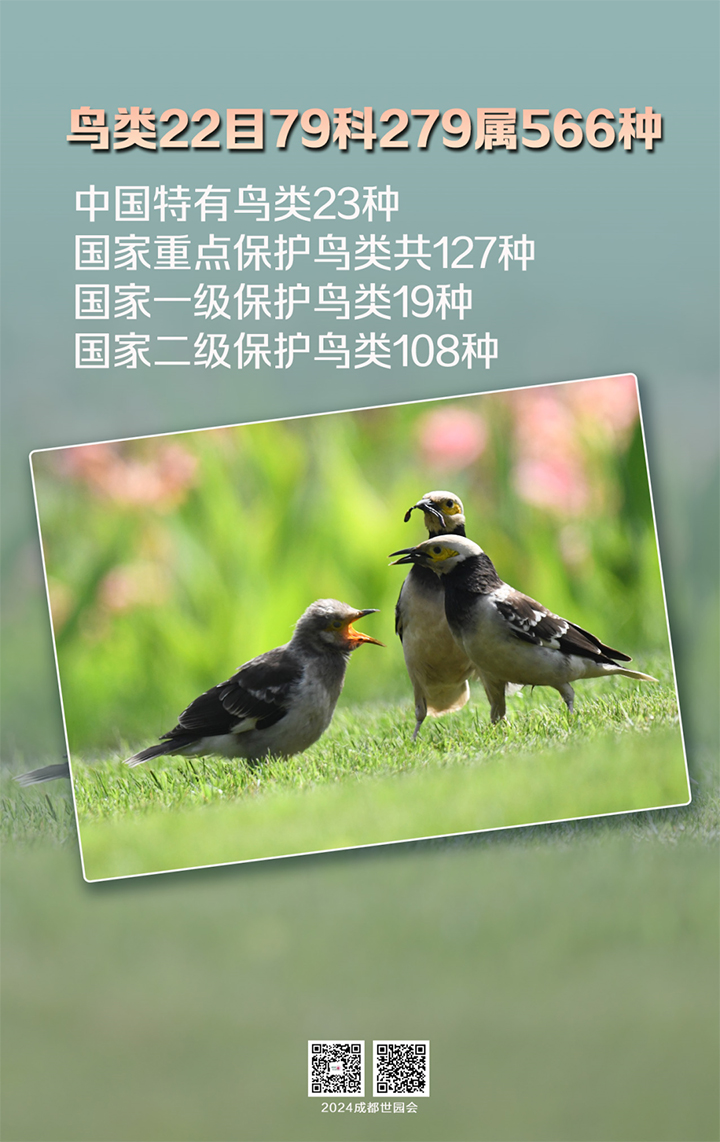
Birds: 22 orders, 79 families, 279 genera and 566 species
Endemic Birds in China: 23 species
Birds under Special State Protection: 127 species
Birds under First-class State Protection: 19 species
Birds under Second-class State Protection: 108 species
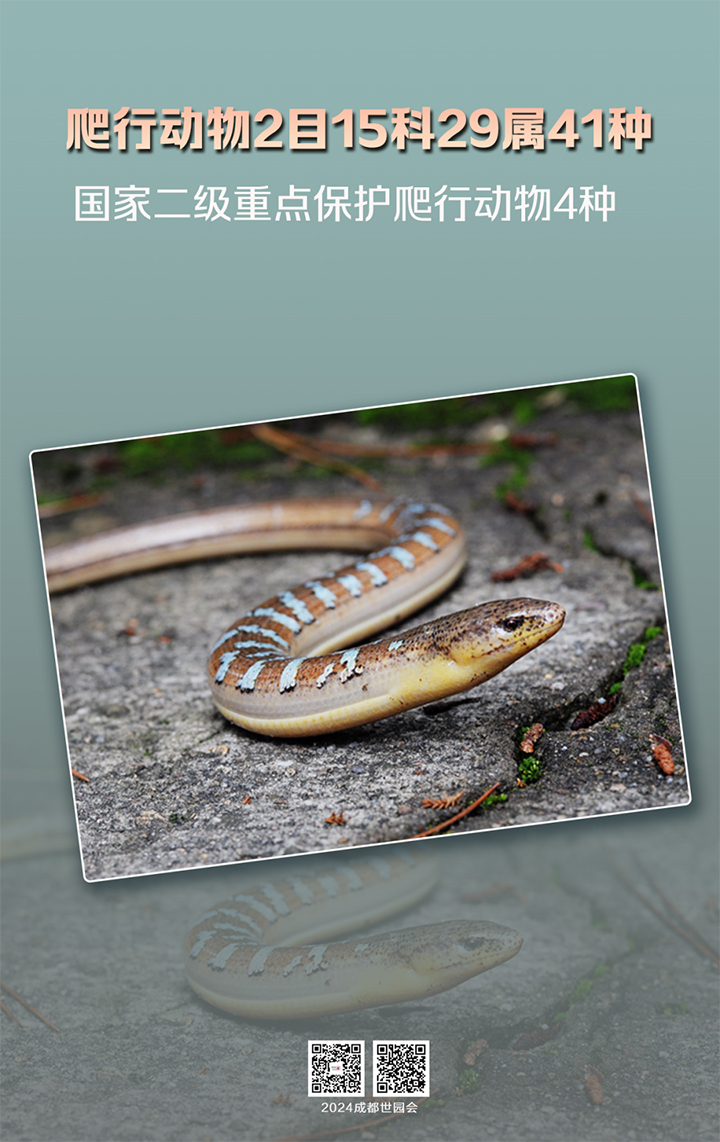
Reptiles: 2 orders, 15 families, 29 genera and 41 species
Reptiles under Second-class State Protection: 4 species
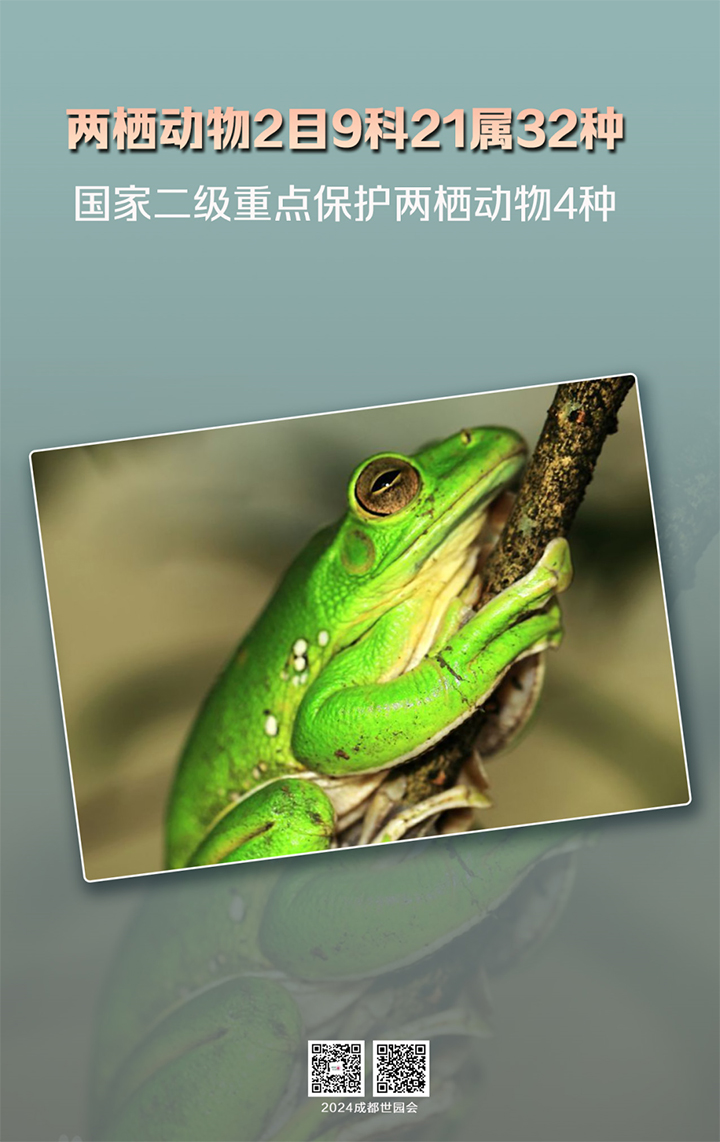
Amphibians: 2 orders, 9 families, 21 genera and 32 species
Amphibians under Second-class State Protection: 4 species

Insects: 29 orders, 321 families and 3819 species
Insects under Second-class State Protection: 14 species
3139 Species of Wild Higher Plants and 753 Species of Wild Animals
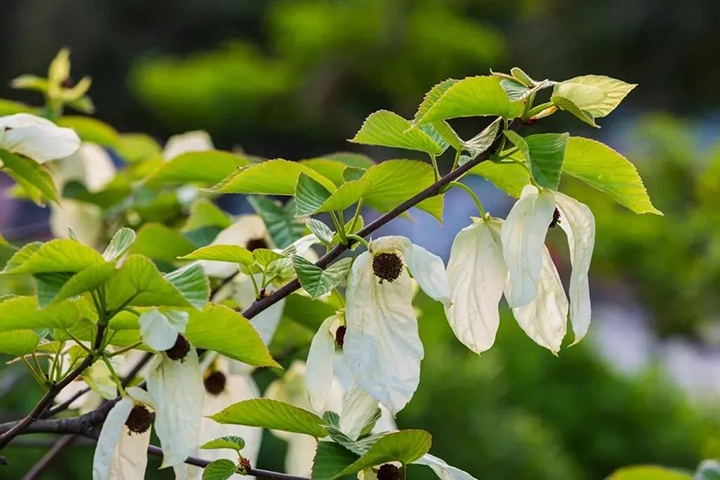
So far, Chengdu has recorded 3139 species of wild higher plants (vascular plants) in 3 divisions, 192 families and 1005 genera, accounting for 10.08% of China and 28.76% of Sichuan. Among the gross number, there are 60 species under special state protection, 3 under first-class state protection and 57 under second-class state protection.

To date, 753 species of wildlife have been recorded in Chengdu, including 178 under special state protection, 29 under first-class state protection and 149 under second-class state protection. Of the total number, there are 114 species of animals in 8 orders, 27 families and 80 genera, accounting for 16.45% of the country and 50.67% of the province. Among the animals, 29 species are under the special state protection, 10 under the first-class state protection, and 19 under the second-class state protection.

Currently, Chengdu is home to 73 wild giant pandas, 4% of the country’s total (1,864) and 5% of the province’s total (1,387). There are 237 giant pandas in captivity in the city (the largest captive panda population in the world), 35% of the country’s total (673 captive pandas in China) and 39% of the province’s total (601 captive pandas in Sichuan).
Unremitting Efforts in Wildlife Conservation
Up to now, Chengdu has successively established a great number of nature reserves to protect the wild animals and manage their habitats in a comprehensive way.
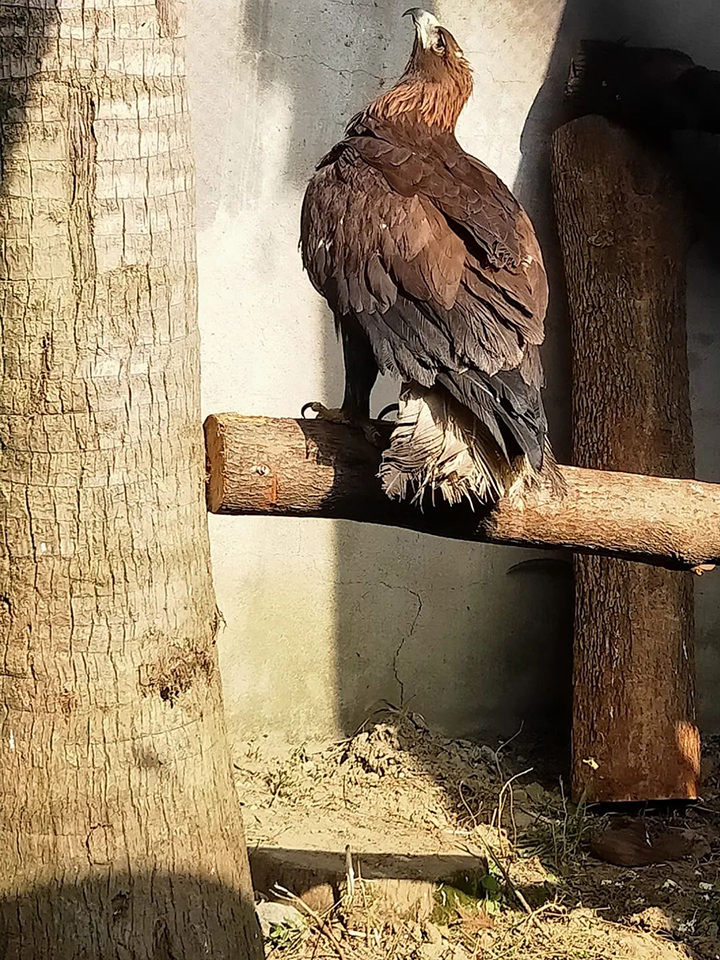
In 2021, the Giant Panda National Park, which covers 27,000 square meters and spans Sichuan, Shaanxi and Gansu provinces, was established. It encompasses 1,459 square kilometers of mountain forests in western Chengdu. Soon afterwards, in the enormous park, the vegetation along the wildlife migration corridors was gradually restored, the public infrastructure, including railways and roads, left passageways for the migration of wildlife, and small hydraulic power plants and local residents were relocated outside the protected area, which made this nature reserve really natural and wild.
In addition, Chengdu has installed hundreds of infrared cameras in the wild, to enable protectors to observe the animals and plants anytime and anywhere, and save the wildlife in danger timely.

In Chengdu, a mega-city with a population of over 20 million, green spaces are increasingly emerging among tall buildings and along streets, roads and rivers, creating perfect harmony between man and nature.



